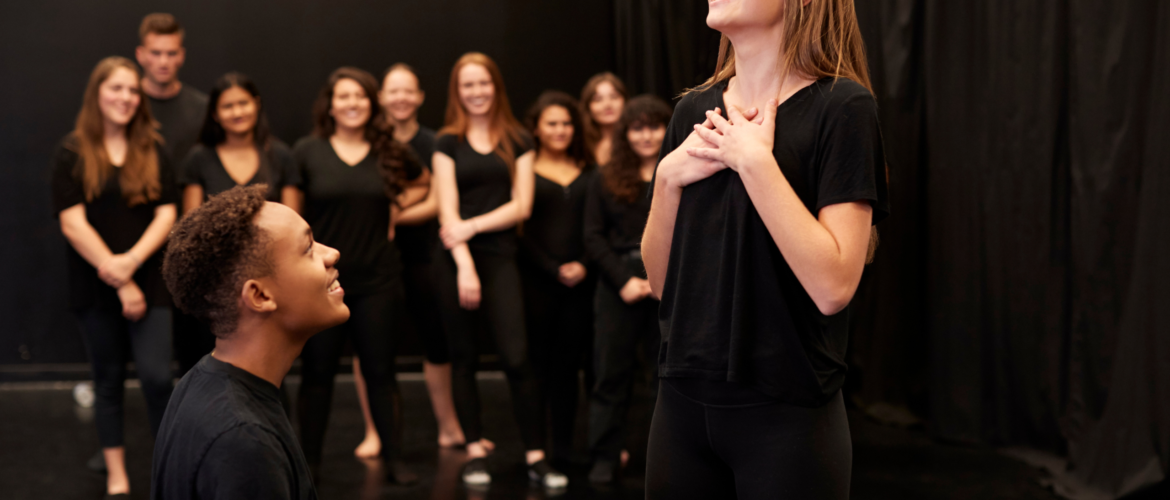Blog
The Surprising Power of Mental Rehearsal: Suggested Exercises and Examples of NLP
- December 19, 2023
- Posted by: SEETHALAKSHMI SIVAKUMAR
- Category: Personal Development

Introduction
Mental rehearsal, also known as visualization or imagery, is a powerful technique that harnesses the mind’s ability to create and manipulate mental images. It involves mentally practicing a specific activity or scenario, vividly imagining each step and outcome. This technique has been widely used in various fields, including sports, performing arts, and personal development, to enhance performance and achieve desired outcomes.
The Surprising Power of Mental Rehearsal
Mental rehearsal has been shown to have a profound impact on performance and outcomes. Research has found that when we mentally rehearse an activity, the same neural pathways in the brain are activated as when we physically perform the task. This means that by engaging in mental rehearsal, we can strengthen the neural connections associated with the desired activity, leading to improved performance when it comes time to actually perform.
Two Approaches to Mental Rehearsal
There are two main approaches to mental rehearsal: guided visualization and self-guided visualization.
Guided Visualization
In guided visualization, a facilitator or coach leads you through a series of detailed instructions, helping you create a vivid mental image of the desired activity or outcome. This approach is often used in guided meditation or hypnosis sessions, where the facilitator guides you through a specific scenario, incorporating all your senses to make the experience as realistic as possible.
Self-Guided Visualization
Self-guided visualization, on the other hand, is a practice you can do on your own. It involves creating your own mental images and scenarios, focusing on the details and sensations associated with the desired activity or outcome. This approach allows for greater personalization and flexibility, as you can tailor the visualization to your specific needs and goals.
Suggested Exercises
Here are a few suggested exercises to help you get started with mental rehearsal:
- Visualize a Successful Outcome: Choose a specific goal or activity you would like to improve. Close your eyes and vividly imagine yourself successfully achieving that goal or performing the activity with confidence and ease. Pay attention to the details – the sights, sounds, smells, and feelings associated with the experience.
- Create a Mental Movie: Imagine yourself as the star of a movie, playing out a scene where you excel at your chosen activity. See yourself performing flawlessly, feeling the excitement and satisfaction of success. Replay this mental movie repeatedly, refining and enhancing the details with each iteration.
- Practice in Real-Time: Mentally rehearse a specific task or activity in real-time. Visualize each step and action, focusing on the sequence of movements and the desired outcome. Imagine yourself performing the task flawlessly, with precision and confidence.
- Embrace Emotional States: In addition to visualizing the physical aspects of the activity, also imagine the emotional states associated with success. Visualize yourself feeling confident, focused, and motivated. By incorporating the desired emotional states into your mental rehearsal, you can enhance your overall performance.
Examples of NLP Mental Rehearsal
Neuro-Linguistic Programming (NLP) offers additional techniques for mental rehearsal. Here are a few examples:
- Anchoring: Create an anchor, such as a physical touch or a specific word, that triggers a desired state or emotion. Use this anchor during your mental rehearsal to reinforce the desired state and enhance your performance.
- Submodalities: Pay attention to the submodalities of your mental images. Experiment with adjusting the brightness, size, and distance of the images to enhance their impact. This can help make your mental rehearsal more vivid and compelling.
- Swish Pattern: Use the swish pattern technique to replace an undesired behavior or thought with a desired one. Mentally rehearse the swish pattern, visualizing the undesired behavior fading away and being replaced by the desired behavior.
How to Practice NLP Mental Rehearsal
To practice NLP mental rehearsal, follow these steps:
- Identify the desired outcome or behavior you want to reinforce.
- Create a clear mental image of the desired outcome, incorporating all your senses.
- Apply NLP techniques such as anchoring, submodalities, or the swish pattern to enhance the mental rehearsal.
- Repeat the mental rehearsal regularly, reinforcing the neural connections associated with the desired outcome.
The Power of Mental Rehearsal
The power of mental rehearsal lies in its ability to tap into the mind’s creative and adaptive capacities. By vividly imagining success and rehearsing desired outcomes, we can strengthen the neural pathways associated with those outcomes, leading to improved performance and increased likelihood of success. Incorporating NLP techniques can further enhance the effectiveness of mental rehearsal, allowing us to create lasting positive change in our lives.
Conclusion
Mental rehearsal is a valuable tool that can help us improve performance, achieve goals, and create positive change in our lives. Whether you choose guided visualization or self-guided visualization, incorporating mental rehearsal into your routine can have a profound impact on your success. By harnessing the power of your mind, you can unlock your full potential and bring your desired outcomes to life.
